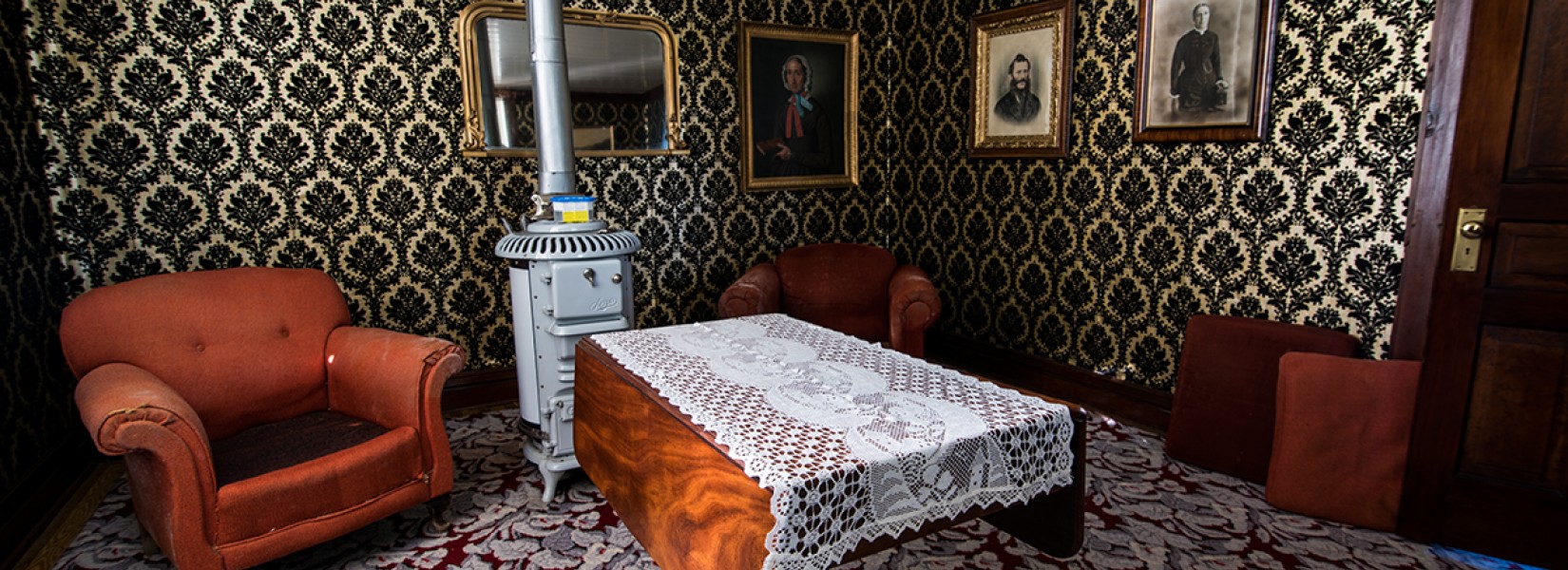The monastery was built at the beginning of the 20th century. Situated on a mountainside so as to offer occupants a breathtaking view of the area that extends to their feet, the site is still 100 years later of great beauty. Three floors high,...
The old Jersey house
Maison Jèrriais as they say
The history of this house is intimately linked to the original owners who came from the island of Jersey, part of the Anglo-Norman Isles. From a wave of immigrants from the Channel Islands of Jersey and Guernsey, they will be hundreds of families to settle in the Gaspé since the late eighteenth century in this vast territory already occupied by the Mi'kmaq, Acadian, Irish, Scottish and French Canadians. If the majority of this immigration is made up of businessmen and fishermen, some artisans and farmers (in the case of this story) will also be part of the lot.
Built in 1843 on a land of 114 acres, this home is located in the Gaspé hinterland. The owners will raise Jersey cows and they will made subsistence agriculture as it was the case for the majority of farmers at that time.
They will also open a general store in a small building next to the house in which we still find the shelves today, although inside is in bad shape.
Renovated and expanded, the house remained in the family of the original owner for over 160 years. Sold in 2005 to a Jersey company, it is now the property of an old English lady who just spend a few weeks a year (she didn't came since few years).
Still, the house is very well preserved. The floors are straight and the roof does not leak. In fact, only the old barn pitching dangerously such as a boat few moments before sinking. For the rest, it is hard to say if this house is abandoned without knowing it.
Also, the house is now entered in the register of cultural heritage.
Related content
Abandoned for more modern constructions or left behind to adrift once the occupants died, abandoned houses populate the countryside. Hidden under vegetation who tries to conquer its old territory, sometimes the passing years prevent explorers...
Abandoned for more modern constructions, burned or left behind to adrift once the occupants died, abandoned houses populate the countryside. Hidden under vegetation who tries to conquer its old territory, sometimes the time prevents explorers...
The place is big, very big. While the building is nearly 200,000 square feet, the site, meanwhile, is over than 430,000 square feet in an agricultural area of Saint-Jean-sur-Richelieu. For those interested, the site is for sale and the current...

























